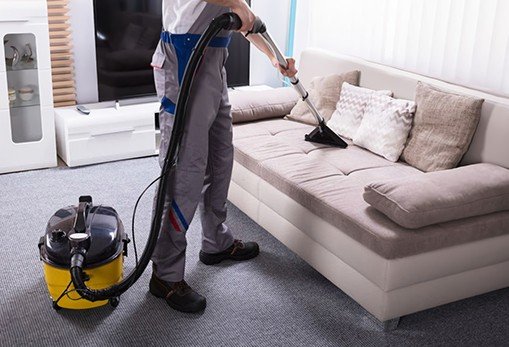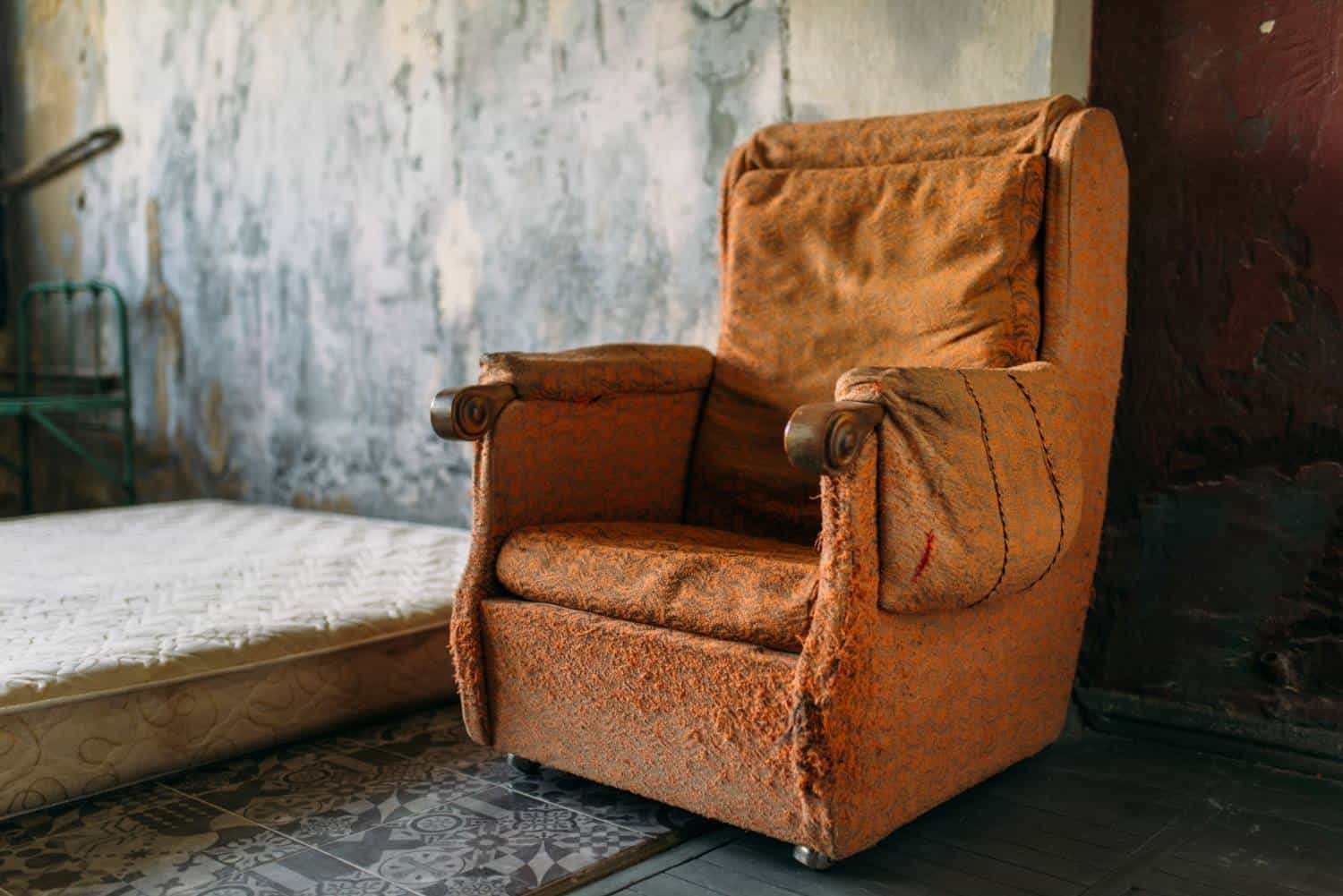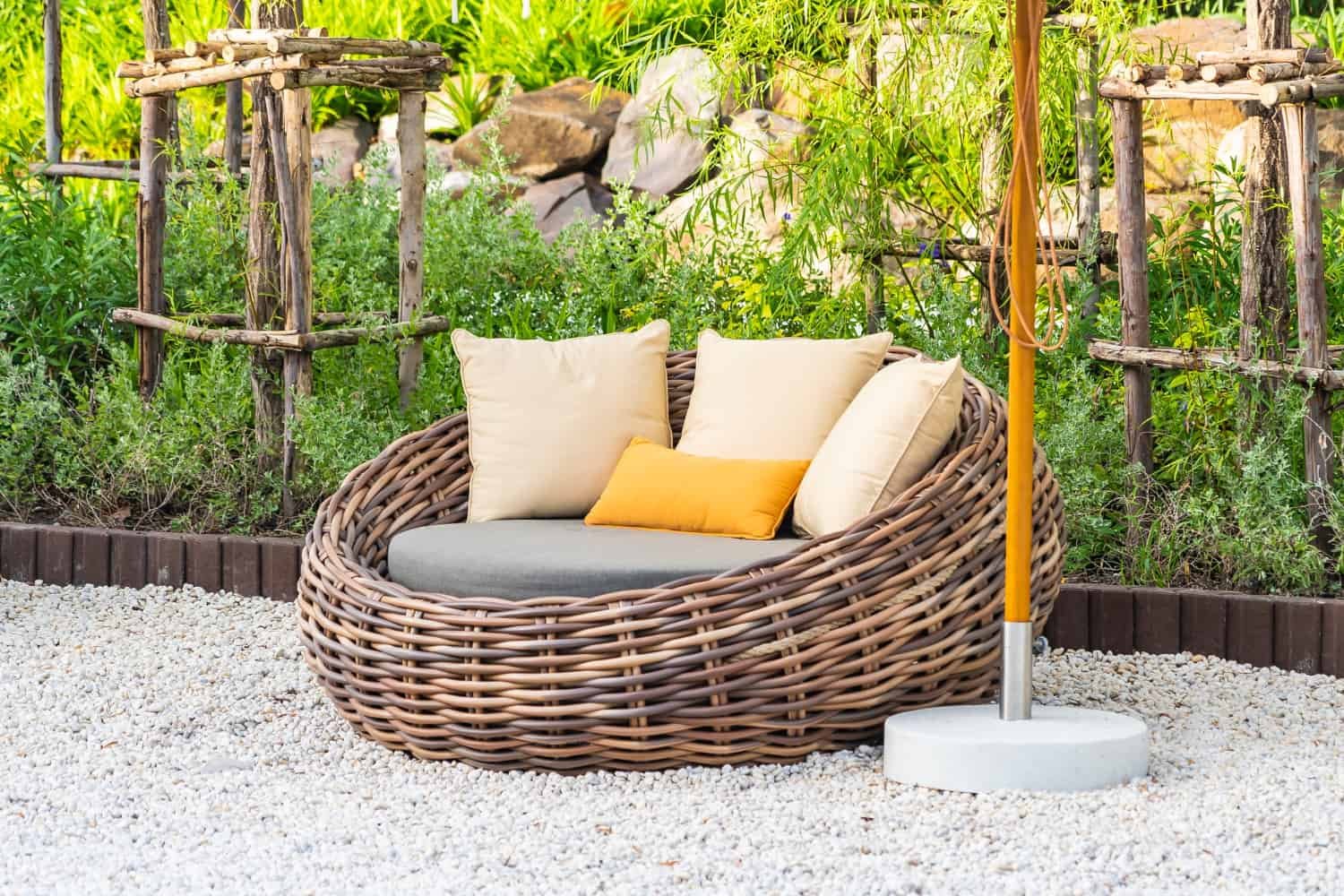
Disclaimer: As an Amazon Associate, “Furniture UK” earns from qualifying purchases.
Taking proper care of your furniture can save you money in the long run and keep it looking new for years to come. From keeping it clean to protecting it from damage, you can take several essential steps to ensure your furniture stays in excellent condition. But with so many types of furniture out there, how do you know which cleaning methods and protective measures are suitable for your pieces? In this article, we’ll explore the best ways to care for your furniture, so you can keep it looking beautiful for years to come.
Choosing the Right Furniture
Choosing the right furniture for your home can be daunting, but with some planning and consideration, you can make the process easier and more enjoyable. When selecting furniture, you need to consider the size and proportion of your space and the materials that will best suit your needs and style.
-
Size and Proportion
Before shopping for furniture, measuring your space is essential to ensure you choose pieces that fit correctly. Consider the size of the room and the placement of doors, windows, and other architectural features. When selecting furniture, it’s also essential to think about proportion. You want to select pieces in scale with the room and each other. For example, a large sectional sofa may not be the best choice for a small living room. You don’t want to buy a sofa that’s too big for your living room or a dining table that overwhelms your dining area. Instead, opt for a smaller sofa and a couple of chairs that can be easily arranged to fit the space.
-
Material
The materials you choose for your furniture can significantly impact the look and feel of your home. Wood is a popular choice for many furniture pieces, but there are many different types of wood, each with unique characteristics. For example, oak is a durable and classic option, while pine is more affordable and has a rustic feel. If you have children or pets, you may want to consider materials that are easy to clean and maintain, such as leather or microfiber.
These materials are durable and can withstand spills and stains. Consider fabrics like velvet or chenille if you prefer a softer, plush feel. When choosing furniture, you also want to consider your home’s style and overall aesthetic. If you have a modern, minimalist space, you may opt for furniture with clean lines and a simple design. If you have a more traditional home, you may prefer furniture with ornate details and a classic feel.
Cleaning and Maintenance
Keeping your home furniture clean and well-maintained is essential to ensure it lasts long. With daily cleaning and regular stain removal, you can prevent damage and maintain the appearance of your furniture.
- Daily Cleaning – Regular dusting and wiping down your furniture can help prevent the buildup of dirt and grime. Use a soft, dry cloth or a feather duster to remove dust from the surface of your furniture. For wooden furniture, avoid using water as it can cause damage. Instead, gently wipe the surface with a dry cloth or specialised wood cleaner. For upholstered furniture, vacuuming can help remove dirt and debris from the fabric. Use a handheld vacuum or the upholstery attachment on your regular vacuum cleaner to gently remove dirt and dust from the fabric’s surface. If there are any spills or stains, it’s essential to address them as soon as possible to prevent further damage.
- Stain Removal – If you do spill something on your furniture, it’s essential to act quickly to prevent the stain from setting in. For fabric upholstery, blot the stain with a clean, dry cloth to remove as much liquid as possible. Avoid rubbing the stain, as this can cause it to spread. If the stain is still visible, use a specialised upholstery cleaner to treat the stain. Always test the cleaner on a small, inconspicuous area first to ensure it doesn’t damage the fabric. Use a damp cloth for wooden furniture to wipe away any spills or stains gently. Avoid using harsh chemicals or abrasive cleaners as they can damage the finish of the wood. If the stain is particularly stubborn, use a specialised wood cleaner to treat the affected area.
Protecting Your Furniture
When it comes to your furniture, prevention is critical. Protecting your furniture from damage will help it look its best for years. Here are some tips to help you protect your furniture:
Sunlight and Heat Exposure
Direct sunlight and heat can cause damage to your furniture. It can cause fading, cracking, warping, and drying out of the wood. To protect your furniture from sunlight and heat exposure, consider the following:
- Placing your furniture away from windows or using curtains or blinds to block the sunlight.
- Using a humidifier in the room prevents the air from becoming too dry.
- Avoiding placing your furniture near heat sources such as radiators or fireplaces.
Humidity and Moisture
Humidity and moisture can also cause damage to your furniture. It can cause warping, cracking, and mould growth. To protect your furniture from humidity and moisture, consider the following:
- Using a dehumidifier in the room prevents the air from becoming too humid.
- Avoiding placing your furniture near sources of moisture such as bathrooms or kitchens.
- Using coasters and placemats to protect your furniture from water rings and spills.
Pets and Children
Pets and children can also cause damage to your furniture. Scratches, stains, and spills are common issues. To protect your furniture from pets and children, consider the following:
- Training your pets to stay off the furniture or use covers to protect it.
- Supervising children and teaching them to be careful around furniture.
- Using stain-resistant fabrics or applying fabric protectors to prevent stains.
Repairing and Restoring
If you have furniture with better days, don’t throw it away just yet. You can repair and restore it to its former glory with a little effort. Here are some tips for fixing common issues:
- Scratches and Dents – They are inevitable with daily use, but they can be fixed with a few simple steps. For minor scratches, use a wood marker or crayon that matches the colour of your furniture to fill in the scratch. For deeper scratches, use wood filler and sandpaper to smooth them out. Use a damp cloth and an iron to steam the wood and raise the mark for dents. Sand it down and refinish it to match the rest of the piece.
- Loose or Broken Parts -If your furniture has loose or broken parts, don’t panic. For loose joints, use wood glue to reinforce the joint and clamp it until it dries. Use wood filler to fill the gap and sand it until it’s smooth for broken parts. Consider replacing a piece with a new one if it is beyond repair.
- Refinishing – If your furniture looks worn and tired, refinishing it can give it a new lease of life. Start by stripping off the old finish with a paint stripper and sandpaper. Then, apply a new stain or paint and finish with a protective coat of varnish or wax. Follow the manufacturer’s instructions and work in a well-ventilated area.








